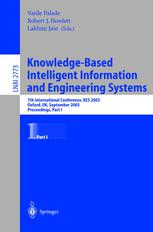

Most ebook files are in PDF format, so you can easily read them using various software such as Foxit Reader or directly on the Google Chrome browser.
Some ebook files are released by publishers in other formats such as .awz, .mobi, .epub, .fb2, etc. You may need to install specific software to read these formats on mobile/PC, such as Calibre.
Please read the tutorial at this link: https://ebookbell.com/faq
We offer FREE conversion to the popular formats you request; however, this may take some time. Therefore, right after payment, please email us, and we will try to provide the service as quickly as possible.
For some exceptional file formats or broken links (if any), please refrain from opening any disputes. Instead, email us first, and we will try to assist within a maximum of 6 hours.
EbookBell Team

4.4
72 reviews2.1 Text Summarization “Text summarization is the process of distilling the most important information from a source (or sources) to produce an abridged version for a particular user (or users) and task (or tasks)” [3]. Basic and classical articles in text summarization appear in “Advances in automatic text summarization” [3]. A literature survey on information extraction and text summarization is given by Zechner [7]. In general, the process of automatic text summarization is divided into three stages: (1) analysis of the given text, (2) summarization of the text, (3) presentation of the summary in a suitable output form. Titles, abstracts and keywords are the most common summaries in Academic papers. Usually, the title, the abstract and the keywords are the first, second, and third parts of an Academic paper, respectively. The title usually describes the main issue discussed in the study and the abstract presents the reader a short description of the background, the study and its results. A keyword is either a single word (unigram), e.g.: ‘learning', or a collocation, which means a group of two or more words, representing an important concept, e.g.: ‘machine learning', ‘natural language processing'. Retrieving collocations from text was examined by Smadja [5] and automatic extraction of collocations was examined by Kita et al. [1].